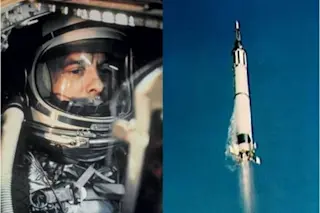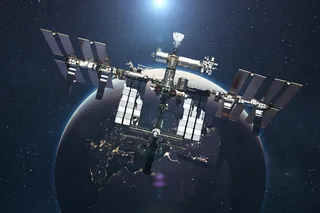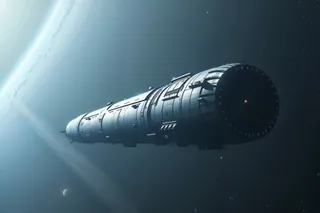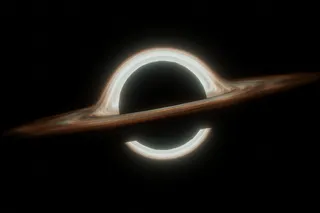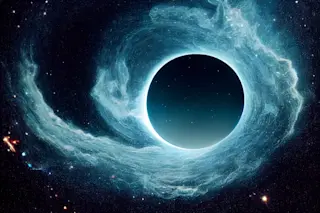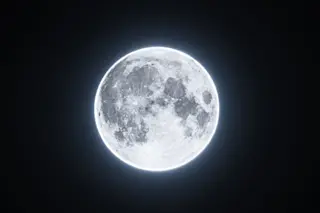This article was originally published on May 5, 2021.
Early on May 5, 1961, the United States came to a standstill. A Philadelphia judge halted all court proceedings, crowds in Times Square sang and danced, and California traffic slowed to a crawl. Taverns even offered free champagne to revelers. In the White House, President John F. Kennedy stood dumbstruck, with his hands shoved deep into his pockets and his eyes fixed on an unlikely television picture. For, on this late spring morning 60 years ago, America safely sent its first man into space, causing an anxious nation to collectively exhale a sigh of relief.
That man was 37-year-old Alan Shepard, a gruff New Englander and progeny of a wealthy and fiercely loyal military family. His boundless energy had propelled him two grades ahead at school, while an adventurous spirit, keen wit, and a single-minded determination to be the best led ...


